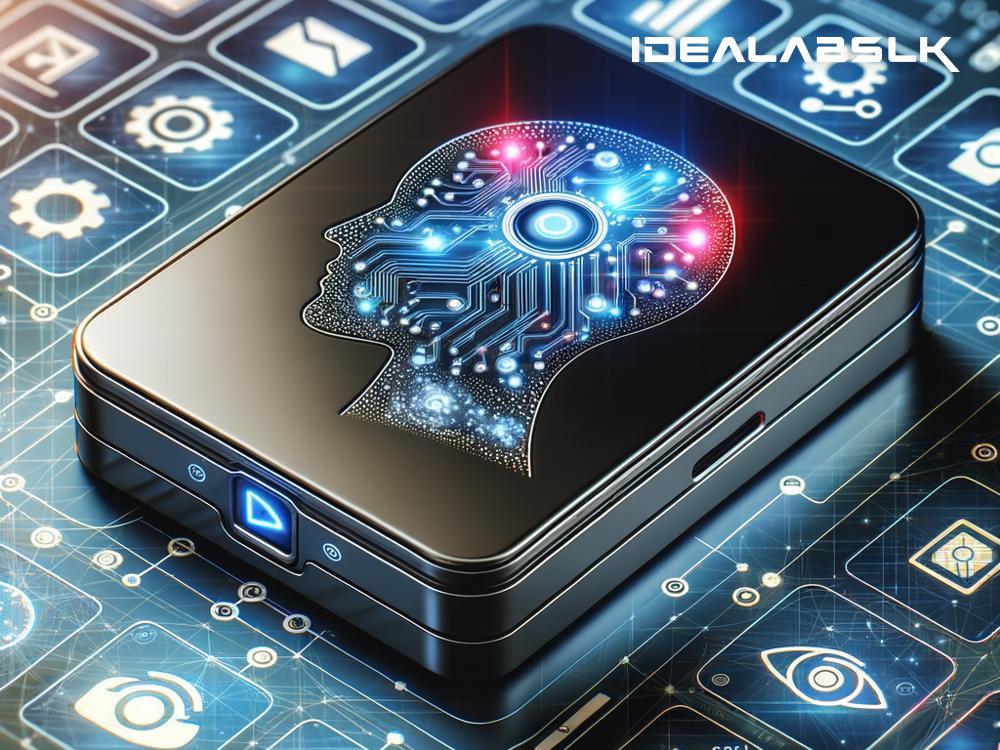How AI Automates Workflow Optimization in Compact Devices
In the fast-paced world we live in, compact devices like smartphones, smartwatches, and tablets have become our go-to tools for just about everything. These devices help us stay connected, manage our daily tasks, and even keep track of our health. With the increasing demand for efficiency and the capability to do more with less, artificial intelligence (AI) has stepped up to the plate. AI is now a critical player in automating workflow optimization in our pocket-sized gadgets. But how does this magic happen? Let's dive into the world of AI and understand its role in making our compact devices smarter and our lives easier.
Understanding AI in Simple Terms
Before we get into the nitty-gritty of workflow optimization, let's break down what AI actually means in simple English. Imagine having a very smart friend who learns everything about you – your preferences, your daily schedule, and even your mood swings. This friend not only understands you but also predicts what you will need next and prepares it for you without you even asking. That's AI for you, in the context of compact devices. It's a technology that enables devices to learn from your behavior and automate tasks to make your life easier.
How AI Automates Workflows in Compact Devices
1. Personalized Experience
One of the most noticeable ways AI automates workflow optimization is through personalization. By learning your habits and preferences, AI can adjust your device’s settings, recommend apps, or even suggest content tailored just for you. This means your device becomes more of a personal assistant, efficiently managing your time and resources to fit your lifestyle.
2. Voice-Activated Commands
Voice assistants like Siri, Google Assistant, and Alexa are brilliant examples of AI at work. Through natural language processing, a branch of AI, these voice-activated assistants understand and process your verbal commands. This allows for hands-free operation of your device, from sending texts and making calls to setting reminders and playing music. The convenience of voice commands significantly optimizes your workflow by saving time and simplifying tasks.
3. Smart Notifications
AI-driven smart notifications go beyond the regular pings and buzzes. By understanding your schedule and priorities, AI can filter and prioritize notifications based on their importance and urgency. This means you’re not constantly distracted by every single notification but are alerted only when it matters most. This smart prioritization helps in managing your attention and focus more effectively throughout the day.
4. Energy Efficiency
It’s not just the ways we interact with our devices that AI is optimizing; it’s also how efficiently they run. AI algorithms can monitor your device’s usage patterns and adjust settings such as brightness and background activity to extend battery life. This intelligent energy management ensures your device is always ready when you need it, making your daily interactions seamless and uninterrupted.
5. Predictive Text and Autocorrect
Writing emails, texts, or social media updates on compact devices can be tedious. However, AI makes it a breeze with predictive text and autocorrect features. By analyzing your typing habits and common language patterns, AI can predict what you’re likely to type next, allowing for quicker text entry. It can also auto-correct typos, making communication faster and reducing errors.
6. Health Monitoring
Compact devices, especially smartwatches and fitness trackers, leverage AI for health monitoring. By analyzing data from sensors, AI can track your physical activity, monitor your heart rate, or even detect abnormalities. This automated health monitoring encourages a healthier lifestyle and can provide critical health insights without the need for constant manual tracking.
The Future of AI in Compact Devices
AI is continually evolving, and its integration into compact devices is only going to deepen. Future advancements might see even more personalized and anticipatory AI, capable of making decisions and performing tasks that perfectly align with our needs and preferences. Imagine a device that not only manages your tasks but also predicts your needs, saves energy, and takes care of your health—all automatically.
In conclusion, AI is transforming the way we use our compact devices, making them not just smarter, but also more attuned to our individual needs. By automating workflow optimization, AI is freeing up our time, attention, and energy for the things that matter most. As technology continues to advance, it’s exciting to think about how AI will further simplify our lives, one smart device at a time.

